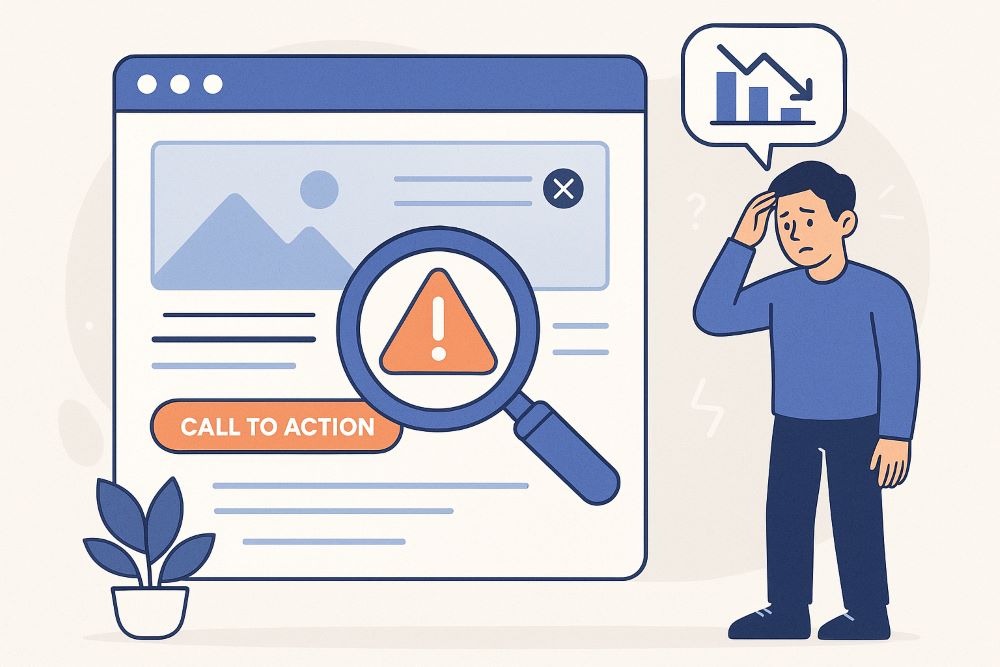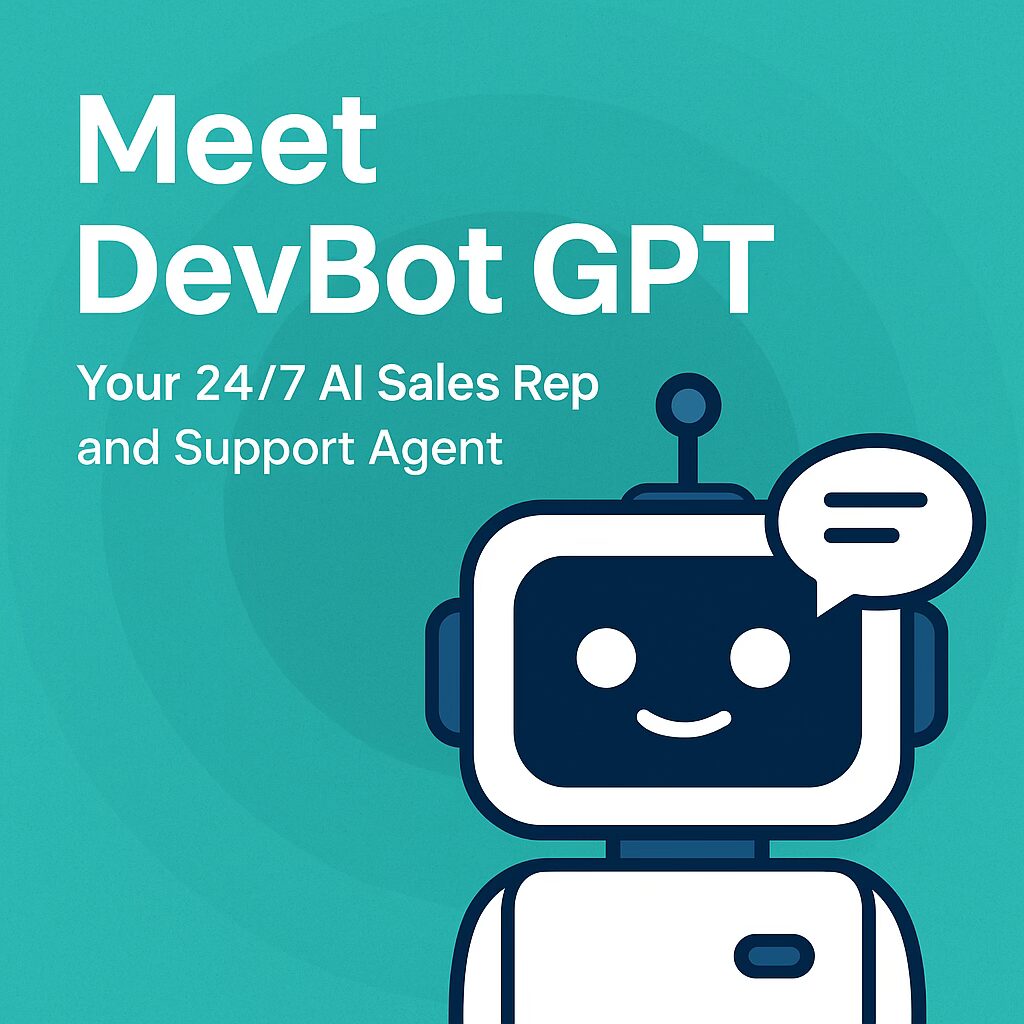Are you a local business owner tired of being outranked by competitors with seemingly more reviews? Do you want to attract more local customers and see your business thrive? The secret to dominating local search on Google Maps might surprise you. It’s not just about the number of reviews; it’s about strategically optimizing your Google Business Profile (GBP) and website.
In this guide, we’ll reveal the powerful, yet simple, 3-step system to skyrocket your GBP ranking to #1 in Google Maps within 30 days, even if you’re new to SEO. We’ll debunk common local SEO myths and provide actionable strategies you can implement today.

Step 1: Supercharge Your Google Business Profile (GBP)
Your GBP is the foundation of your local SEO success. Forget the outdated notion that your website is the primary focus. In the local landscape, your GBP is the star, and your website exists to support its ranking.
Most businesses make critical errors right from the start. Here’s how to optimize your GBP for maximum impact:
- Maximize Your Categories: Don’t limit yourself to just one primary category. Google allows up to 10! Identify and select at least 4-5 relevant categories for your business. For example, if you’re a plumber, don’t just choose “plumber.” Also consider “drainage service,” “gas installation service,” and “heating contractor.” This tells Google you offer a wider range of services.
- List at Least 30 Specific Services: Most local businesses either list no services or just a few broad ones. By detailing at least 30 specific services you offer, you’re clearly communicating to Google what you do and the searches for which you should appear.
- Pro Tip: Use an AI prompt like this to brainstorm: “You are a local SEO expert. What services should be added to a Google business profile for a [Your Business Type] in [Your City]? Please be specific and list at least 30 services, but feel free to list additional ones. Each service should be specific offerings and not broad categories. Also include variations of services that might have different names but are commonly searched for by my target customers.”
- Completely Fill Out Every Section: Don’t leave any box unchecked in your GBP. This includes your business description, services, Q&A, posts, photos, and more. Completeness signals to Google that you’re a legitimate and informative business.
- Post Regularly: Consistency is key. Aim to post on your GBP at least once a week. Schedule out your posts in advance to stay on track.
- Resource: There are AI tools that can help you generate a year’s worth of GBP posts quickly.
The Result? By investing just about 30 minutes to properly optimize your GBP using these strategies, you’ll immediately jump ahead of 90% of your local competitors!
Step 2: Structure Your Website for Local SEO Dominance
Forget the idea that endless blogging is the only path to local SEO success. While content is important, the structure of your website is crucial for signaling local relevance to Google. Remember, every URL on your site should ultimately aim to boost your GBP ranking.
The common mistake? Targeting broad keywords that don’t trigger the Google Maps pack. Instead, focus on building a website structure that screams local relevance:
Homepage Optimization:
- Target Keyword: Your primary GBP category + your city name (e.g., “Plumber Houston”).
- Title Tag: Include your exact target keyword. Shockingly, many businesses simply use “Home” as their title tag, making it incredibly easy to outrank them.
- H1 Tag: Use your exact target keyword.
- First Paragraph: Immediately address your target keyword in the first sentence or two of your homepage content.
- Secondary Category H2s: Use each of the secondary categories you selected for your GBP as H2 tags on your homepage.
- Content Under H2s: Write a few hundred words under each secondary category H2, briefly describing those services.
- Internal Linking: Link each paragraph under the secondary category H2s to its corresponding detailed service page (see below). This establishes “link relevance” for Google.
Secondary Category Detail Pages:
- Target Keyword: Secondary category + your city name (e.g., “Drainage Service Houston”).
- Title Tag: Use the exact match keyword.
- H1 Tag: Use the exact match keyword.
- Relevant Services as H2s: Under each secondary category page, list the most relevant specific services from your GBP as H2 tags.
- Content Under Service H2s: Write a few hundred words describing each specific service in relation to that secondary category and your local area.
- Internal Linking: Link from each secondary category page to its corresponding individual service pages (see below).
Individual Service Pages:
- Target Keyword: Specific service + your city name (e.g., “Water Heater Installation Houston”).
- Create a dedicated page for every service you listed on your GBP.
By implementing this strategic website structure, you’ll likely end up with around 40 highly targeted pages. This comprehensive approach signals massive relevance, comprehensiveness, and authority to Google, building trust with its algorithm.
- AI for Content Creation: Don’t feel overwhelmed by the thought of writing all this content manually. Leverage AI tools with specific prompts to generate high-quality, targeted content for each of these pages.
Step 3: Consistency and Patience
While these steps can deliver rapid results, consistency is crucial for long-term success. Regularly update your GBP with new posts, photos, and respond to reviews. Continuously monitor your rankings and make adjustments as needed.
Why This System Works:
This approach works because it directly aligns with how Google understands and ranks local businesses. By clearly defining your categories and services, optimizing your website structure for local keywords, and consistently engaging on your GBP, you’re providing Google with all the signals it needs to confidently rank you higher in local search results.
Stop wasting time and resources on outdated SEO tactics. Implement this powerful system and watch your Google Maps ranking soar, bringing you more local customers and helping your business thrive!
Ready to take your local SEO to the next level? Contact us for a free local SEO audit










